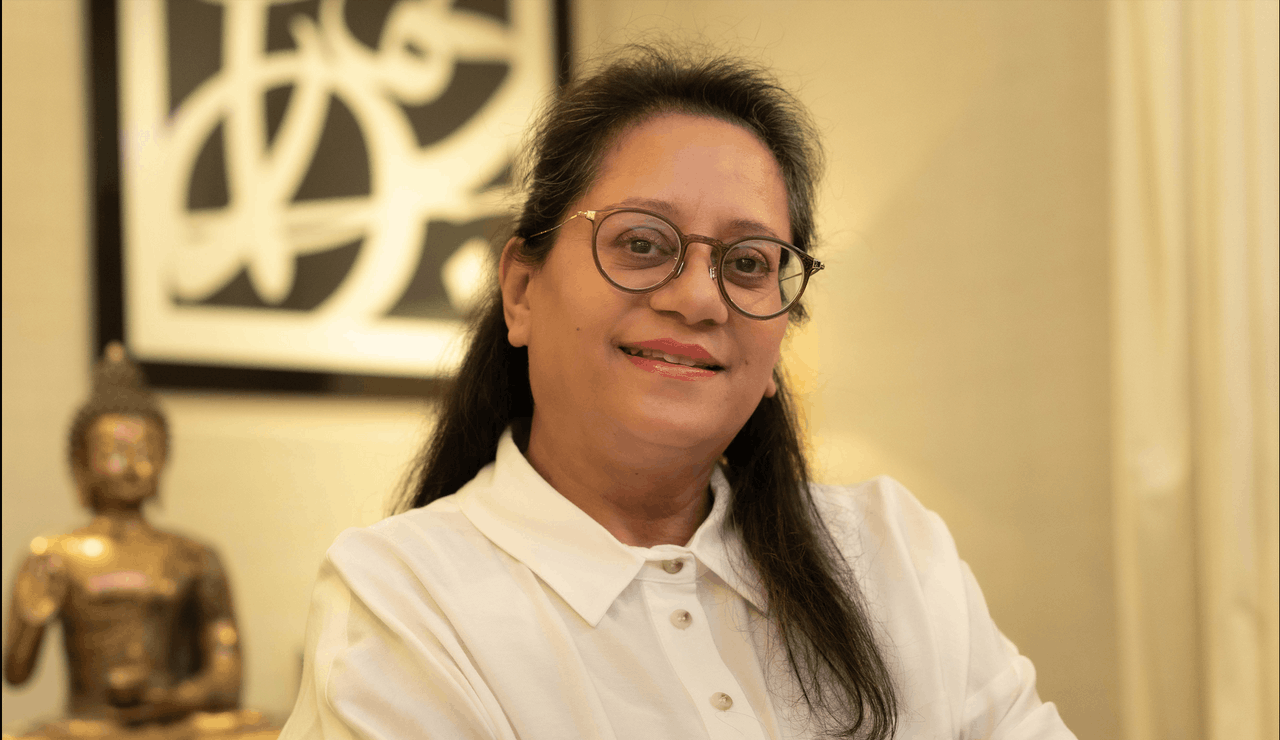According to an OECD report , only 0,5% of girls aged 15 wish to become ICT professionals, compared to 5% of boys. Where does the gender gap problem start?
It starts in the home environment. Girls need to be encouraged from the very beginning, so they are aware of all the opportunities that are open to them. In many cases there are still a lot of inherent biases and sociocultural norms that have a negative impact. Schools also have a big role to play. There are not enough female STEM teachers, not enough women in ICT jobs being brought in to make presentations. Girls need female role models and need to feel 100% at ease in whatever classes they want to take. It’s important to start building up interest at a young age, and to make STEM topics attractive. Offering taster courses in schools is a great way to help young people make informed decisions about their future.
As one of the first female telecommunication engineers in the UK, you know all about gender-specific expectations in tech professions. How have things changed since you started out?
When I applied for my engineering apprenticeship with BT, there were 45.000 applicants for 45 spaces, and women–5 of us–were accepted for the first time. The training was great, as were all my 18 years at BT, and likewise my following 18 years in education. It was, however, never an easy ride. In both spheres, I was constantly challenged, watched, having to prove I had the right to be there. I like to think that it has changed today, that women are treated equally. I know it’s the case at Huawei: Knowledge is respected, we have many female engineers and women in upper management; women are encouraged to take on more senior roles and to constantly upskill.
Globally speaking, there are more women in digital today, but not nearly enough. Around 25% of the workforce in ICT are women. In an era where digital is the future for everybody, in every industry, that’s insufficient. Inclusion and diversity in tech bring essential value, both economic and innovative, for companies and for society as a whole. When I started out, there were not as many jobs and different roles available as there are today. It is crucial that correct information about these jobs and what they entail is provided.
What message would you convey to women considering–or maybe not yet considering–a career in digital?
I’d suggest joining women’s networks, finding a female mentor, joining events where you get the opportunity to speak with people in digital and hear about their experiences.
But I’d also say that it’s never too late; even if you don’t possess a wide experience of digital knowledge, didn’t study STEM at school or have already embarked on another career path. There are so many resources available to start–or continue–learning. Taster courses are great for this, as is online studying in general. , for instance, offers a comprehensive range of courses and learning pathways but also supports teaching staff and students by delivering up-to-date, industry-relevant trainings and certifications. In Luxembourg, we are currently running an , in partnership with (Women in Digital Empowerment), with the objective to inspire more women to work in tech. Huawei also engages in numerous initiatives worldwide to empower women. A programme such as uses technology to promote gender equality and boost economic vitality through inclusion. In the end, it all comes down to encouraging women to go into the digital sector by opening doors into technology.
For further information on Huawei’s ICT Academy, see .
To read more on Huawei and WIDE ICT training programme: “New Tech Discovery with Huawei” click .
Click for more information about Huawei4her.
